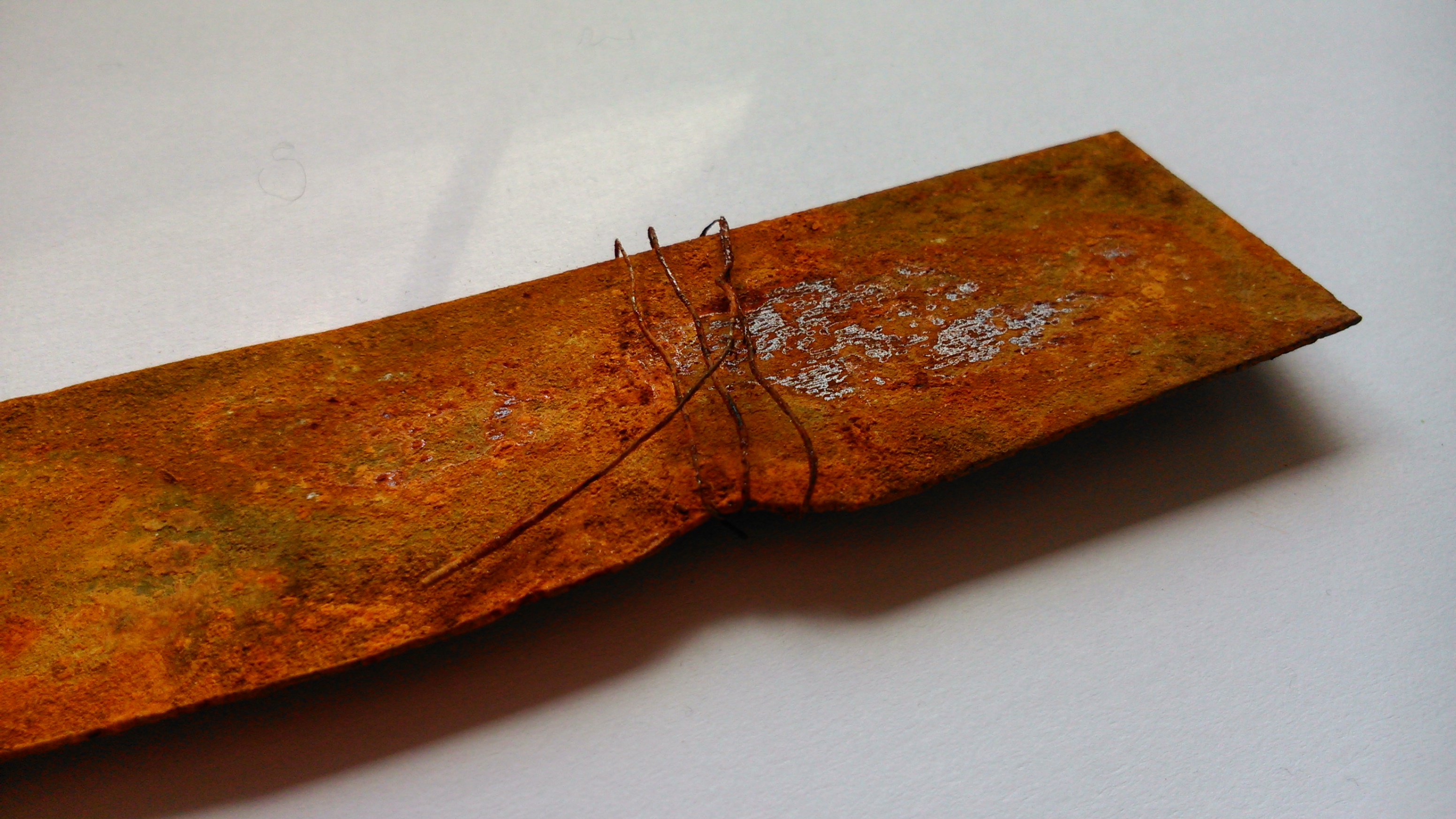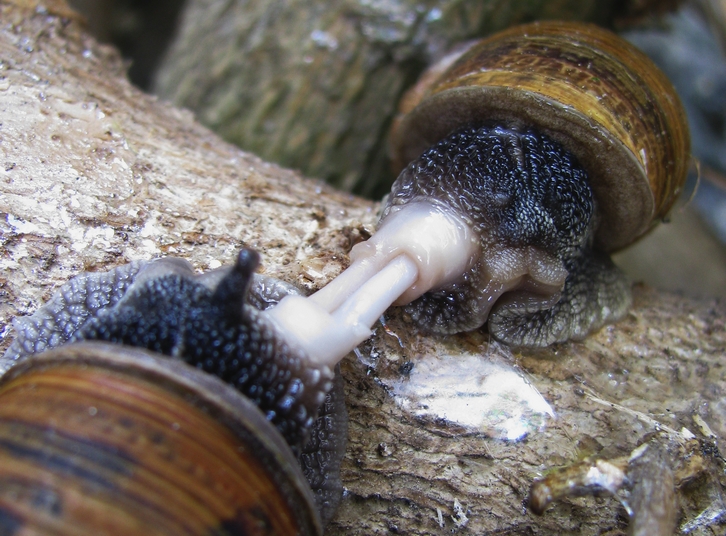|
Arnold Adolph Berthold
Arnold Adolph Berthold (also Arnold Adolf Berthold) (26 February 1803, in Soest – 3 January 1861, in Göttingen) was a German scientist, most notably a physiologist and zoologist . He is best known in modern science for his pioneering experiments in the field of endocrinology. He published works on herpetology, ornithology, entomology and chemistry. Early life and education Berthold was the second-youngest of six children. His father was a carpenter and his family was not wealthy. He went to the local '' gymnasium'' (equivalent to a grammar school) where he studied the classics but was most interested in natural history. He followed his older brother's example to study medicine at University of Göttingen in August 1819. His thesis was under the direction of Johann Friedrich Blumenbach (1752–1840) and he qualified on 10 September 1823. Career He remained at Göttingen for a year before doing a tour of other universities and clinics, which included meeting Johann Lukas Sch ... [...More Info...] [...Related Items...] OR: [Wikipedia] [Google] [Baidu] |
Soest, Germany
Soest (, as if it were 'Sohst'; Westphalian: ''Saust'') is a city in North Rhine-Westphalia, Germany. It is the capital of the Soest district. Geography Soest is located along the '' Hellweg'' road, approximately south-west of Lippstadt, roughly east of Dortmund and roughly west of Paderborn. Neighbouring places * Bad Sassendorf * Ense * Lippetal * Möhnesee *Werl * Welver Legends The Norwegian Þiðrekssaga from the 13th century, a series of tales about the Gothic King Theoderic the Great, identifies Soest (called Susat) as the capital of Attila's (?–453) Hunnic Empire. The actual location of Attila's capital has not been determined. History Owing to its fertile soil (predominantly brown silty clay loam), the area around Soest is believed to have been settled well before the village is first mentioned in the ''Dagobertsche Schenkung'' in 836. Excavations in recent decades have uncovered signs of habitation stretching back more than 4000 years. During the 11th and 12 ... [...More Info...] [...Related Items...] OR: [Wikipedia] [Google] [Baidu] |
Johann Friedrich Blumenbach
Johann Friedrich Blumenbach (11 May 1752 – 22 January 1840) was a German physician, naturalist, physiologist, and anthropologist. He is considered to be a main founder of zoology and anthropology as comparative, scientific disciplines. He was also important as a race theorist. He was one of the first to explore the study of the human being as an aspect of natural history. His teachings in comparative anatomy were applied to his classification of human races, of which he claimed there were five, Caucasian, Mongolian, Malayan, Ethiopian, and American. He was a member of what modern historians call the Göttingen School of History. Blumenbach's peers considered him one of the great theorists of his day, and he was a mentor or influence on many of the next generation of German biologists, including Alexander von Humboldt. Early life and education Blumenbach was born at his family house in Gotha. His father was Heinrich Blumenbach, a local school headmaster; his mother wa ... [...More Info...] [...Related Items...] OR: [Wikipedia] [Google] [Baidu] |
Iron Oxide
Iron oxides are chemical compounds composed of iron and oxygen. Several iron oxides are recognized. All are black magnetic solids. Often they are non-stoichiometric. Oxyhydroxides are a related class of compounds, perhaps the best known of which is rust. Iron oxides and oxyhydroxides are widespread in nature and play an important role in many geological and biological processes. They are used as iron ores, pigments, catalysts, and in thermite, and occur in hemoglobin. Iron oxides are inexpensive and durable pigments in paints, coatings and colored concretes. Colors commonly available are in the "earthy" end of the yellow/orange/red/brown/black range. When used as a food coloring, it has E number E172. Stoichiometries Iron oxides feature as ferrous (Fe(II)) or ferric (Fe(III)) or both. They adopt octahedral or tetrahedral coordination geometry. Only a few oxides are significant at the earth's surface, particularly wüstite, magnetite, and hematite. * Oxides o ... [...More Info...] [...Related Items...] OR: [Wikipedia] [Google] [Baidu] |
Robert Bunsen
Robert Wilhelm Eberhard Bunsen (; 30 March 1811 – 16 August 1899) was a German chemist. He investigated emission spectra of heated elements, and discovered caesium (in 1860) and rubidium (in 1861) with the physicist Gustav Kirchhoff. The Bunsen–Kirchhoff Award for spectroscopy is named after Bunsen and Kirchhoff. Bunsen also developed several gas-analytical methods, was a pioneer in photochemistry, and did early work in the field of organic arsenic chemistry. With his laboratory assistant Peter Desaga, he developed the Bunsen burner, an improvement on the laboratory burners then in use. Early life and education Bunsen was born in Göttingen, Germany in 1811, in what is now the state of Lower Saxony in Germany. Bunsen was the youngest of four sons of the University of Göttingen's chief librarian and professor of modern philology, Christian Bunsen (1770–1837). After attending school in Holzminden, Bunsen matriculated at Göttingen in 1828 and studied chemistry with ... [...More Info...] [...Related Items...] OR: [Wikipedia] [Google] [Baidu] |
Hermaphrodite
In reproductive biology, a hermaphrodite () is an organism that has both kinds of reproductive organs and can produce both gametes associated with male and female sexes. Many taxonomic groups of animals (mostly invertebrates) do not have separate sexes. In these groups, hermaphroditism is a normal condition, enabling a form of sexual reproduction in which either partner can act as the female or male. For example, the great majority of tunicates, pulmonate molluscs, opisthobranch, earthworms, and slugs are hermaphrodites. Hermaphroditism is also found in some fish species and to a lesser degree in other vertebrates. Most plants are also hermaphrodites. Animal species having different sexes, male and female, are called gonochoric, which is the opposite of hermaphrodite. There are also species where hermaphrodites exist alongside males (called androdioecy) or alongside females (called gynodioecy), or all three exist in the same species (called trioecy); these three ... [...More Info...] [...Related Items...] OR: [Wikipedia] [Google] [Baidu] |



